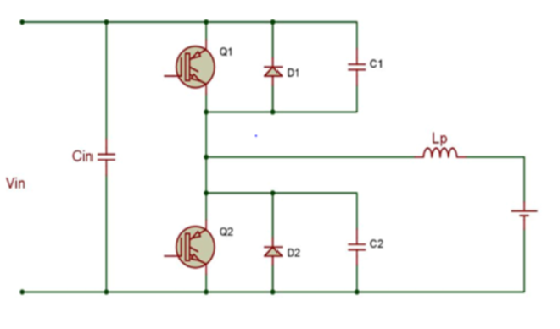


Indian Journal of Science and Technology
DOI: 10.17485/IJST/v13i33.1065
Year: 2020, Volume: 13, Issue: 33, Pages: 3467-3483
Original Article
Saket Tirpude1*, Ankit Bharadwaj1, Rama Sundaram2, Sidhartha Mane3,Rajesh M Holmukhe4
1Student, Department of Electrical Engineering, Bharati Vidyapeeth (Deemed to be University) College of Engineering, Pune, 411043, Maharastra, India. Tel.: +91-7559438072
2Vice President, Optixtal India Energy Solutions Pvt Ltd, Pune, 411043, Maharastra, India
3Research Engineer, Optixtal India Energy Solutions Pvt Ltd, Pune, 411043, Maharastra, India
4Associate Professor, Department of Electrical Engineering, Bharati Vidyapeeth (Deemed to be University) College of Engineering, Pune, 411043, Maharastra, India
*Corresponding Author
Tel: +91-7559438072
Email: [email protected]
Received Date:25 July 2020, Accepted Date:25 August 2020, Published Date:15 September 2020
Objectives: The purpose of this study is to identify the reasons which contributed to the premature failure of the e-rickshaw battery that puts the e-rickshaw operator (ERO) in financial stress. Methods: A field survey was conducted from 1st October 2019 to 30th October 2019, in the North-West Delhi suburbs to extrapolate the shortcomings. Different EROs, charging station operators (CSOs), and battery vendors were interviewed with an administered questionnaire. The simple random sample consisted of 50 EROs, 20 CSOs, and 40 battery vendors. The quantitative data procured was scrutinized through descriptive as well as inferential analysis. Findings: Constant Current (CC) based chargers were found to be the major reason for the shortened life of the battery. These chargers along with other erroneous practices are preventing both the ERO and the CSO to get the full profitability that they could. It was found during the field survey that the e-rickshaw ecosystem is in a dire need of a fast-charging algorithm. This study investigates the technical concepts which are absent in the e-rickshaw technology like modern fast charging techniques such as Constant Current-Constant Voltage (CC-CV), Pulse-Current, Superimposed Pulse Frequency, Intermittent- Current Charing, and Interrupted Charge-Control Techniques (ICCT) and the Hybrid Energy Systems.Novelty/Benefit: The study succinctly points to the technological dots that remain unconnected in the e-rickshaw and shows how the CC-CV based fast charging algorithm and the hybrid energy systems could fill those technological gaps, increase the efficiency and profitability of the e-rickshaw ecosystem.
Keywords: E-rickshaw battery life; battery chargers; charging techniques; pulse current; superimposed pulse frequency; interrupted charge-control
© 2020 Tirpude et al.This is an open-access article distributed under the terms of the Creative Commons Attribution License, which permits unrestricted use, distribution, and reproduction in any medium, provided the original author and source are credited. Published By Indian Society for Education and Environment (iSee).
Subscribe now for latest articles and news.